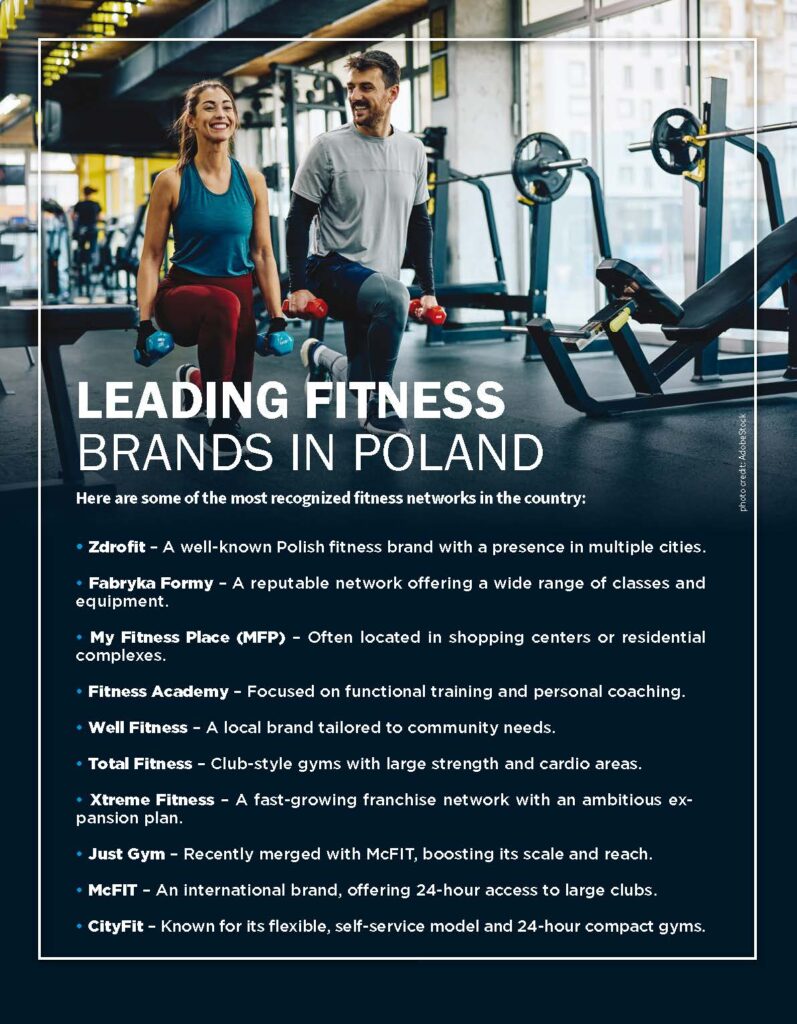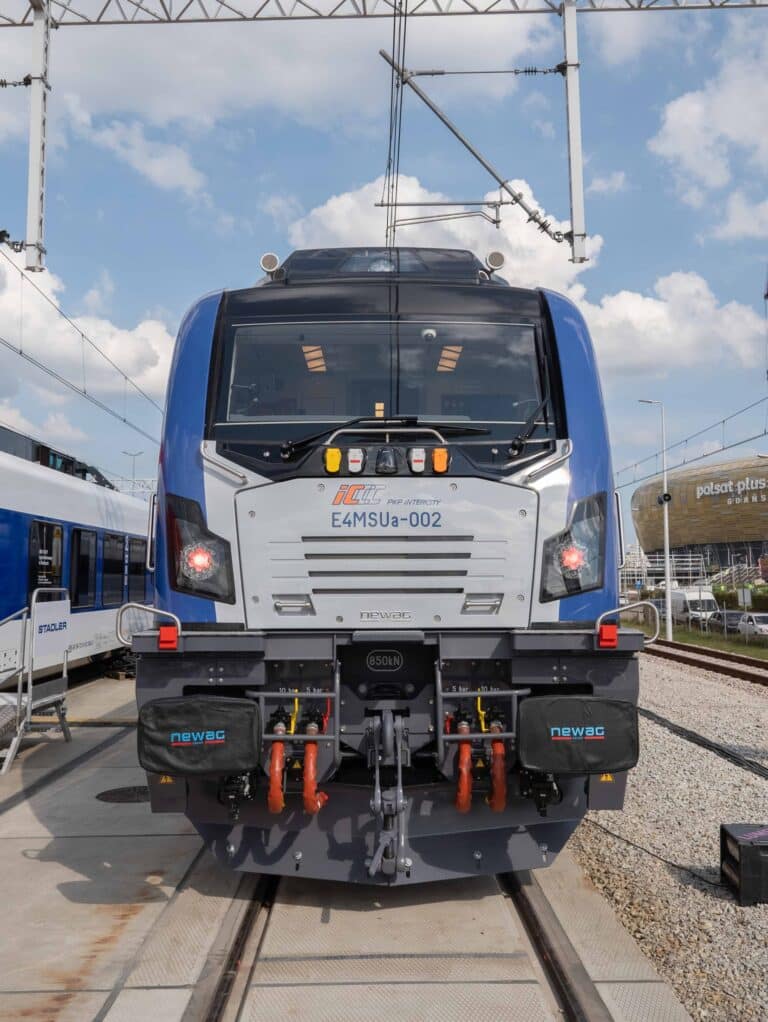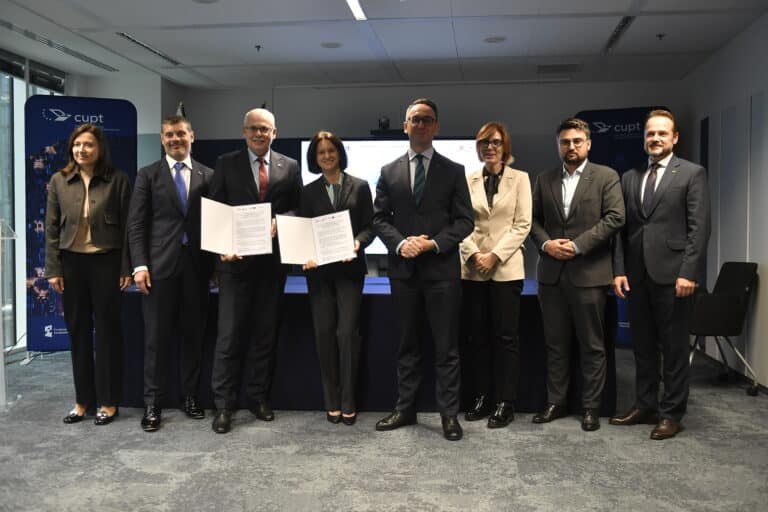The Best Fitness Clubs and Gyms in Poland – Why It’s Worth Getting Active
The fitness market in Poland has grown tremendously in recent years. Gyms and fitness clubs now offer classes for every age group—from teenagers to seniors. More and more companies are also partnering with sports benefit platforms. To get the full picture, let’s take a closer look at the Polish fitness market—its scale, trends, major brands, and challenges.
Modern lifestyles—especially for people working in offices—often mean long hours spent sitting in front of a computer, with a phone in one hand and a tablet nearby. This unnatural, hunched position puts strain on the spine all the way down to the tailbone, leading to back, neck, and shoulder pain. Anyone who’s spent hours at a desk knows the feeling. But musculoskeletal pain is just the beginning. A sedentary lifestyle weakens muscles, disrupts circulation and metabolism, and reduces vascular elasticity. Add to that mental fatigue, lower mood, decreased stress tolerance, and poor concentration—and productivity drops, mistakes multiply, and burnout follows. Eventually, this can lead to sick leave or even depression.
Fortunately, there’s a simple cure: physical activity. There’s no better investment than investing in yourself. Even if you dreaded PE classes as a kid, you’ll appreciate the benefits of regular exercise once you feel them.
Doctors list the advantages of being physically active: burning fat, building muscle, improving blood circulation, strengthening bones, and oxygenating the body. Plus, there’s the “endorphin effect”—movement literally makes us happier. Studies show that physically active people have lower rates of chronic illness and live longer, healthier lives.
Start by identifying your body’s most pressing needs. For example, aerobic exercise—like running or cardio machines—strengthens the heart, lowers blood pressure, improves cholesterol, reduces the risk of type 2 diabetes, and increases lung capacity. Strength training, in turn, improves bone density, muscle mass, and joint flexibility. It also makes tendons and ligaments more elastic, reducing stiffness—a common problem for desk workers or those wearing high heels.
And let’s not forget one of the biggest perks: better sleep, focus, and mood. Oxygenated bodies and “clear heads” mean higher performance and productivity at work.
Sports Cards – A Win for Everyone
Office jobs often mean hours in the same position, with breaks limited to coffee refills or quick lunches. Instead, taking short movement breaks—a stretch, a few squats or bends—can make a big difference. Some companies now provide mini fitness options like office ellipticals or stability balls for employees to use throughout the day.
Many employers go a step further, investing in employee health through sports cards (e.g., MultiSport, PZU Sport, Medicover Sport). These cards give access to gyms, pools, fitness clubs, and dance schools, and have become a standard part of benefit packages. They typically operate on a subscription basis—fully or partially financed by the employer—allowing staff to use various fitness facilities. Gyms and clubs benefit too, as the steady subscription income ensures financial stability. It’s a classic win-win.
Employees love the flexibility: they can train before or after work, choose from dozens of locations, and pick activities suited to their mood—whether it’s swimming, strength training, group fitness, or yoga. Some prefer solo workouts, others thrive in group energy. Sports cards make both options possible.
For employees, regular physical activity means better health. For employers, it means fewer sick days, better focus, greater efficiency, and improved team communication. In short: a sports card combines simplicity, flexibility, and measurable health and business benefits.
The Fitness Market in Poland: Structure, Dynamics, and Key Players
Poland’s fitness market continues to expand rapidly. Fitness clubs now cater to every age group, while sports cards (like MultiSport) remain one of the most recognized non-wage benefits. Many companies cooperate with benefit platforms such as Medicover Sport or UpBonus, offering sports packages as standard HR perks.
Poland still has a lower fitness penetration rate than Western Europe—which means huge growth potential. Before the pandemic, there were about 2,700 gyms in Poland. While many closed temporarily, the sector rebounded strongly. As of September 2025, there are roughly 3,300 gyms and clubs operating, most connected to sports card networks. On average, one gym serves 5,888 Poles aged 19–59—still far fewer than in Western Europe or the U.S.
In large cities, 72% of residents live within 1 km of a gym, while in towns under 20,000 people that figure drops to just 10%. In 1,855 municipalities, there isn’t a single gym—meaning over 7 million Poles have no access to fitness networks that accept sports cards. That gap represents a huge opportunity for investors.
Experts say even major cities still have room for new clubs, but investors are increasingly eyeing smaller towns. The franchise model is gaining traction—exemplified by the Polish network Xtreme Fitness Gyms, which operates nearly 100 facilities and plans to reach 227 profitable clubs by 2027.
Today, fitness clubs are no longer just about gym equipment. Saunas have become standard, and many clubs offer wellness and beauty services—particularly for women. The focus is shifting toward wellness, digital integration (apps, VOD platforms), 360° offerings (fitness + recovery + wellbeing), and hybrid models (offline + online).

All offer top-tier machines, training zones (strength, cardio, functional, stretching), and a wide range of group classes—from dance and yoga to boxing and martial arts—for different ages and skill levels. Many operate late into the night—or even 24/7—and provide personal or video training options for home workouts.
For Everyone
Today, even the best equipment isn’t enough. Clients—especially younger ones—expect an experience. They want expert trainers who can guide them safely and effectively. Proper instruction is essential because poorly performed exercises can cause injuries and discourage future activity.
That’s why the quality of staff—experienced, approachable trainers who can motivate people of all ages—is now one of the key factors determining a club’s success.
Sources: medicoverbenefits.pl, samozatrudniony.pl, kartamultisport.pl, motivizer.pl, poradnikprzedsiebiorcy.pl, benefitsystems.pl, upbonus.pl, fitnessmedia.pl, justgym.pl, franchising.pl, retailnet.pl, xtreme-brands.prowly.com, fit.pl







